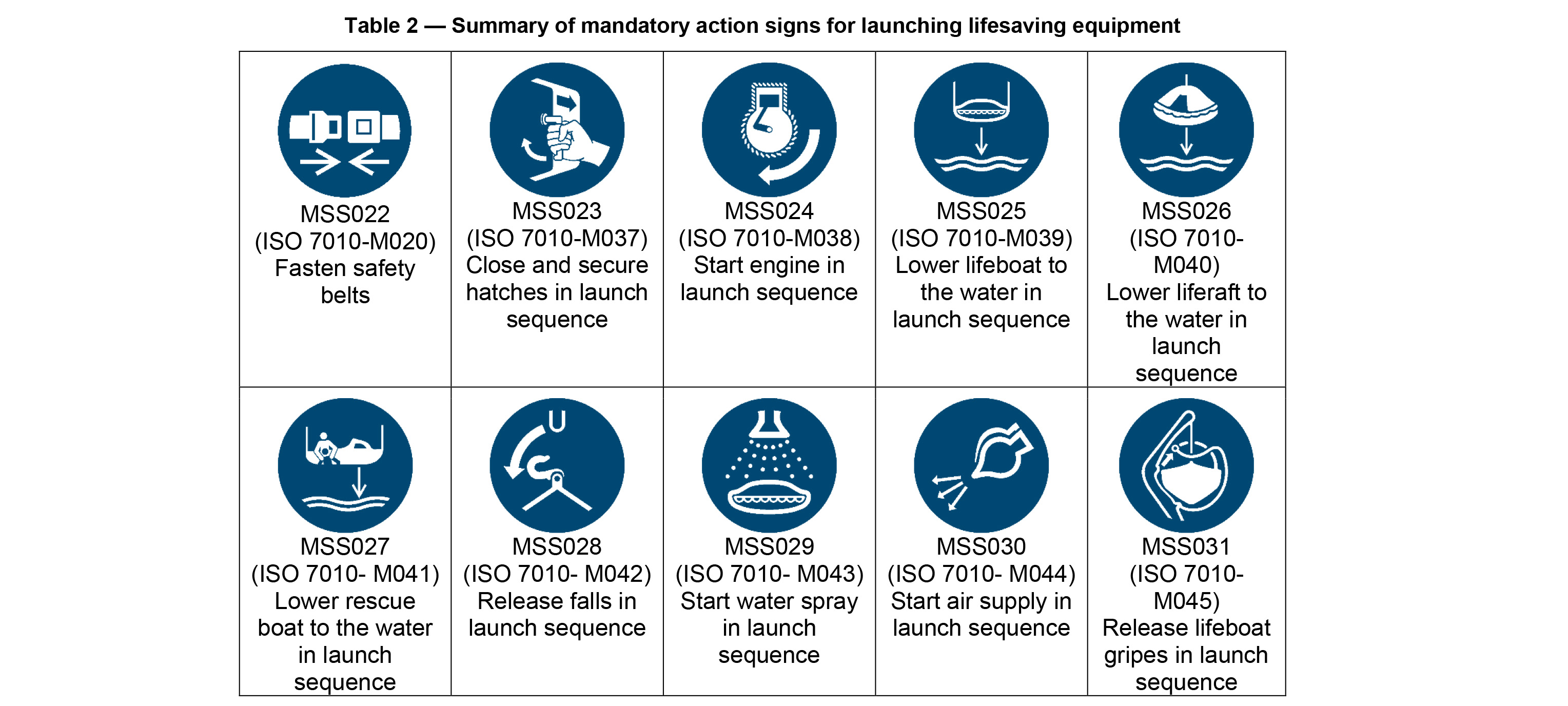- Topics
- Campaigning
- Careers
- Colleges
- Community
- Education and training
- Environment
- Equality
- Federation
- General secretary message
- Government
- Health and safety
- History
- Industrial
- International
- Law
- Members at work
- Nautilus news
- Nautilus partnerships
- Netherlands
- Open days
- Opinion
- Organising
- Podcasts from Nautilus
- Sponsored content
- Switzerland
- Technology
- Ukraine
- United Kingdom
- Welfare
Costa Concordia disaster prompts changes in merchant ship emergency signage
2 December 2018

Lessons learned from the Costa Concordia disaster have helped to shape new rules governing emergency signs on merchant ships. ANDREW LININGTON reports…
January 2019 will see changes to the International Maritime Organisation's SOLAS Convention that clarify and harmonise the requirements for escape route signs and equipment location markings – bringing them into line with International Organisation for Standardisation (ISO) criteria.
Signs – especially on ships – are all around us, and their shape, colour and symbols are determined through a science known as semiotics. This seeks to ensure that signs are immediately recognisable and unambiguously understood by the person on the receiving end.
Semiotics influence every aspect of safety signage – from why warning signs are yellow, safety signs green, prohibition signs red and mandatory signs blue to what shape a fire escape marker should be.
However, a paper submitted to the IMO by the United States and the ISO called for revision of the rules for signage indicating the location and arrangement of escape routes to the assembly stations, as well as markings for the locations of fire protection equipment and life-saving appliances.
'The loss of the Costa Concordia illustrated the compelling need to ensure consistent and effective signs and markings to facilitate the rapid evacuation of passengers in an emergency,' it warned.
'Despite the crew being responsible for assisting the passengers to their assigned assembly/embarkation stations, language difficulties between the various nationalities onboard resulted in a chaotic, disorganised abandonment,' the paper added. 'The recently boarded passengers, having spent only a limited time on the ship, lacked a thorough familiarity with its layout and the established escape routes, resulting in a prolonged evacuation.'
The loss of the Costa Concordia illustrated the compelling need to ensure consistent and effective signs and markings to facilitate the rapid evacuation of passengers in an emergency

In response to the paper, the adequacy of shipboard safety signs and markings was reviewed by an IMO working group on passenger ship safety established after the Costa Concordia accident.
This concluded that the current SOLAS standards 'have become scattered and inconsistent', with ambiguous regulations leading to shipyards and shipowners frequently following different approaches to escape route signs and equipment markings.
'It is not unusual to find routes and equipment inappropriately marked with signs based on graphical symbols intended for use on fire control plans, which may not be easily understood when used as signs,' the working group noted.
'The current inconsistencies in the regulations could result in confusion over the proper direction of escape travel in an emergency, hindering the safe escape of passengers,' it warned.
The review found that the existing SOLAS rules fail to set clear standards for marking or signs to embarkation stations, and give no guidance on the means of illumination or type and arrangement of escape route and equipment marking signs.
The new rules will come into force on 1 January 2019, and will apply to all ships built after that date. They will also require existing vessels to update signage when they undergo repairs or modifications.
Tags
More articles
SOLAS Convention: Escape routes and safety equipment location markings requirements
Applicability: All ships constructed on or after 01 January 2019, and which undergo repairs, alterations, modifications and outfitting within the scope of SOLAS Chapters II-2 and/or III as applicable, on or after 01 January 2019.
